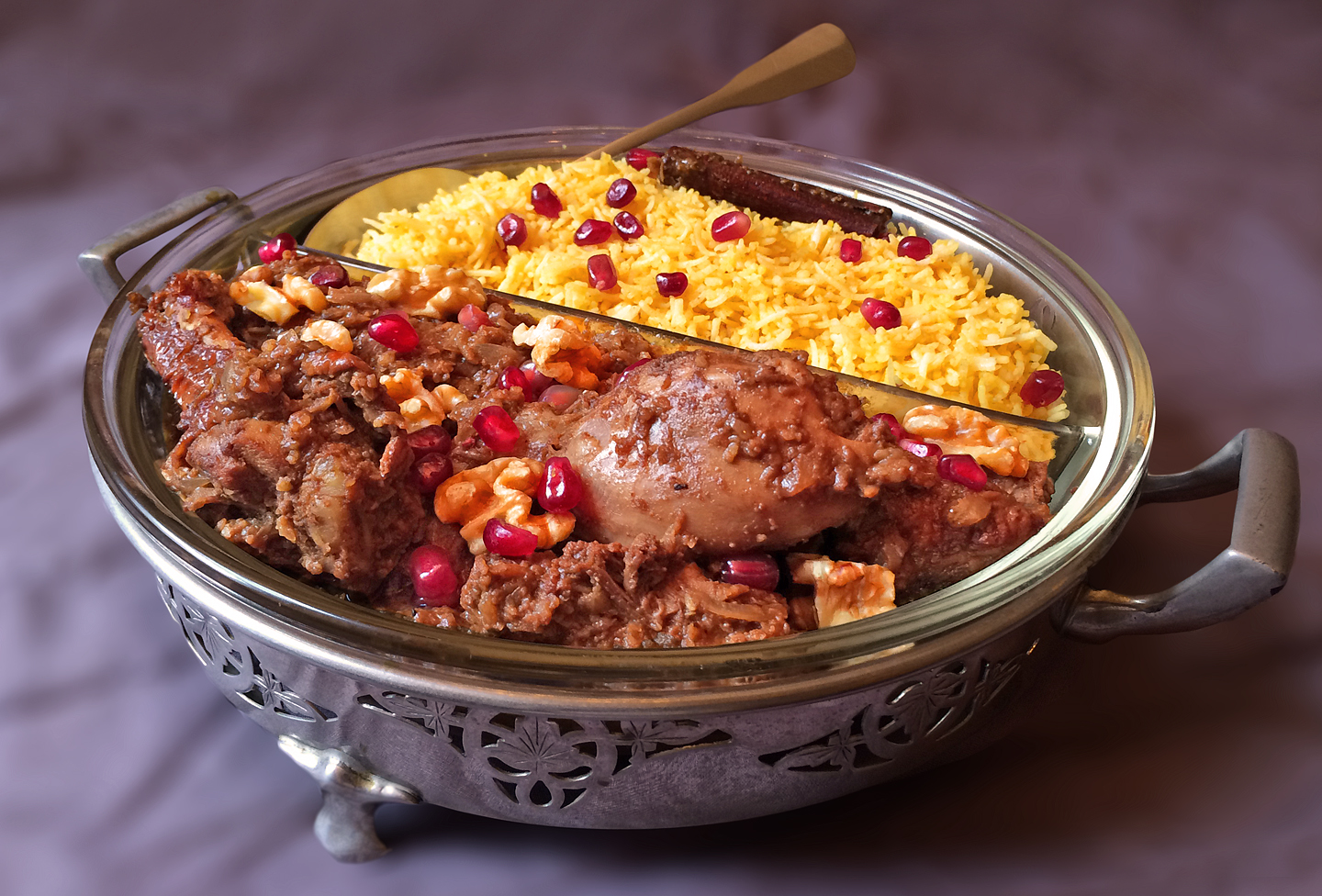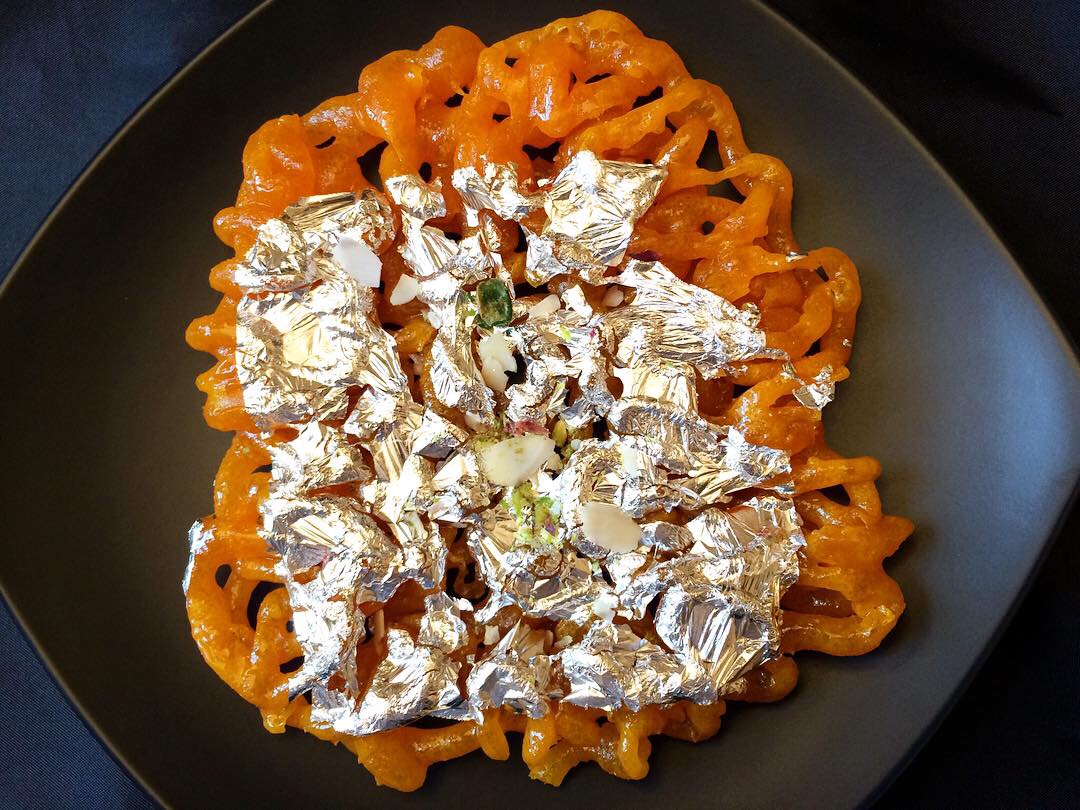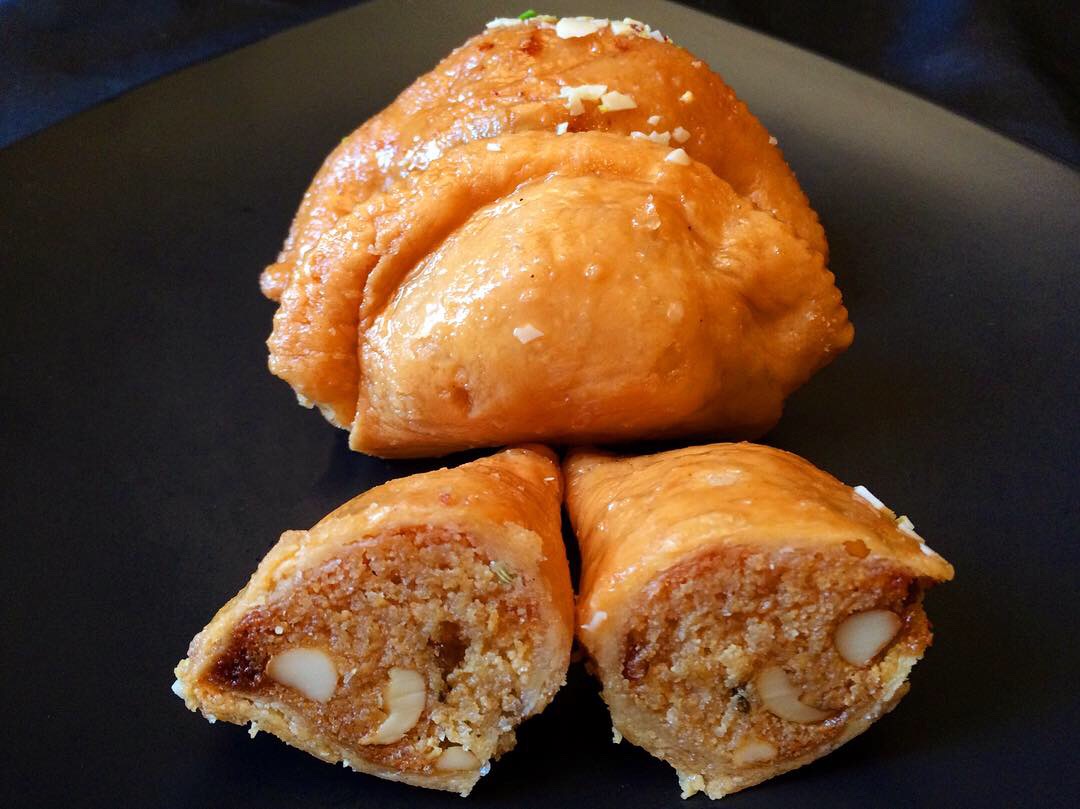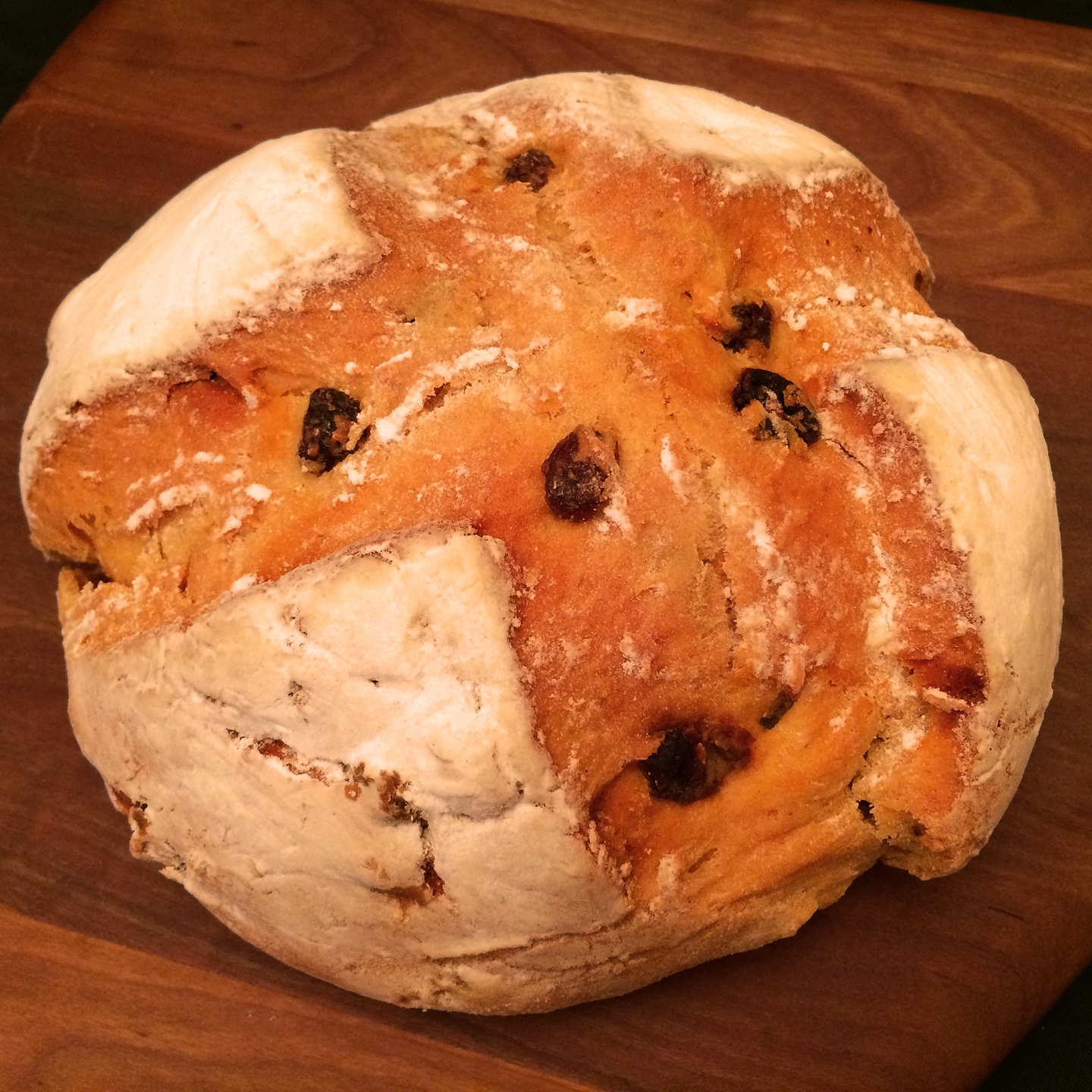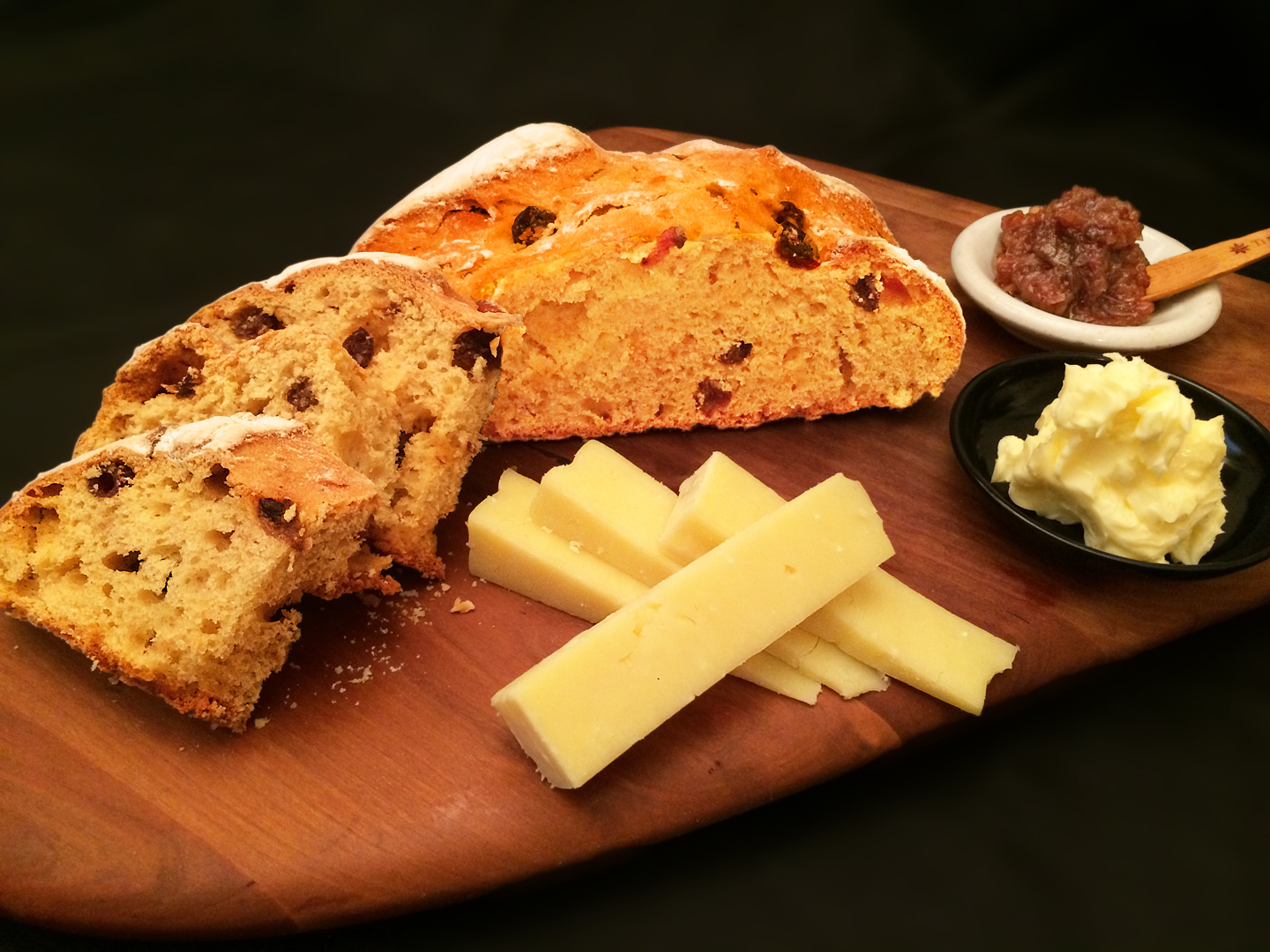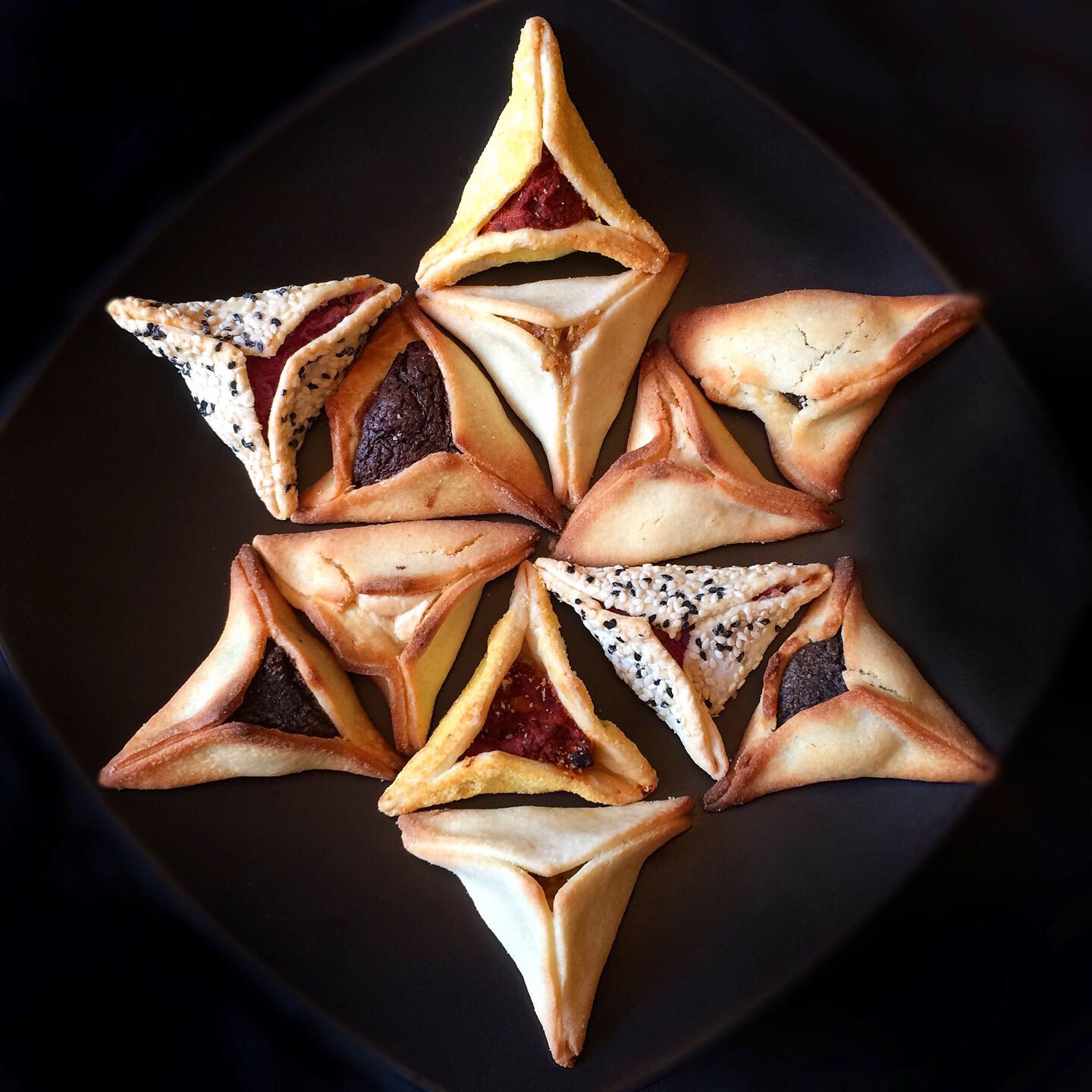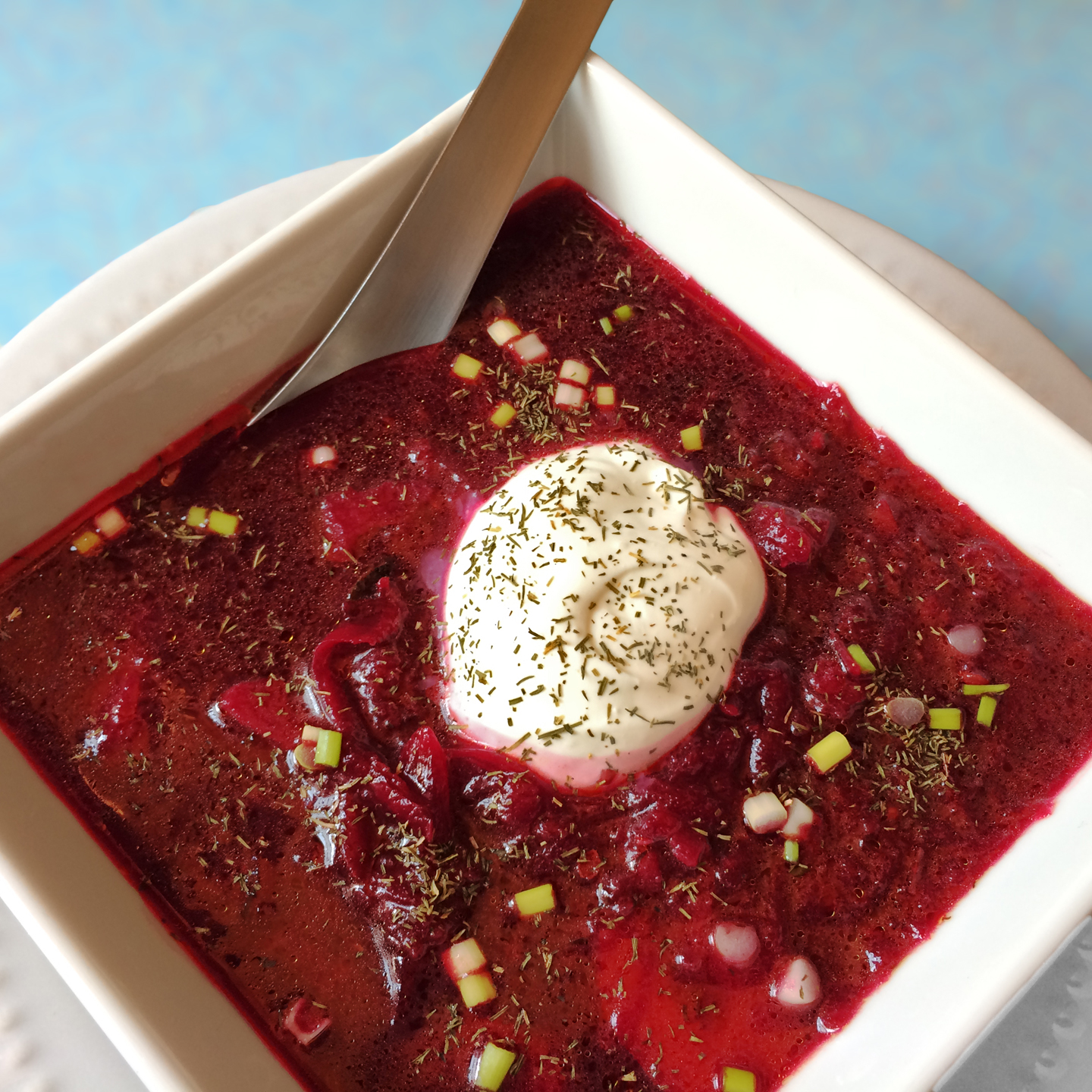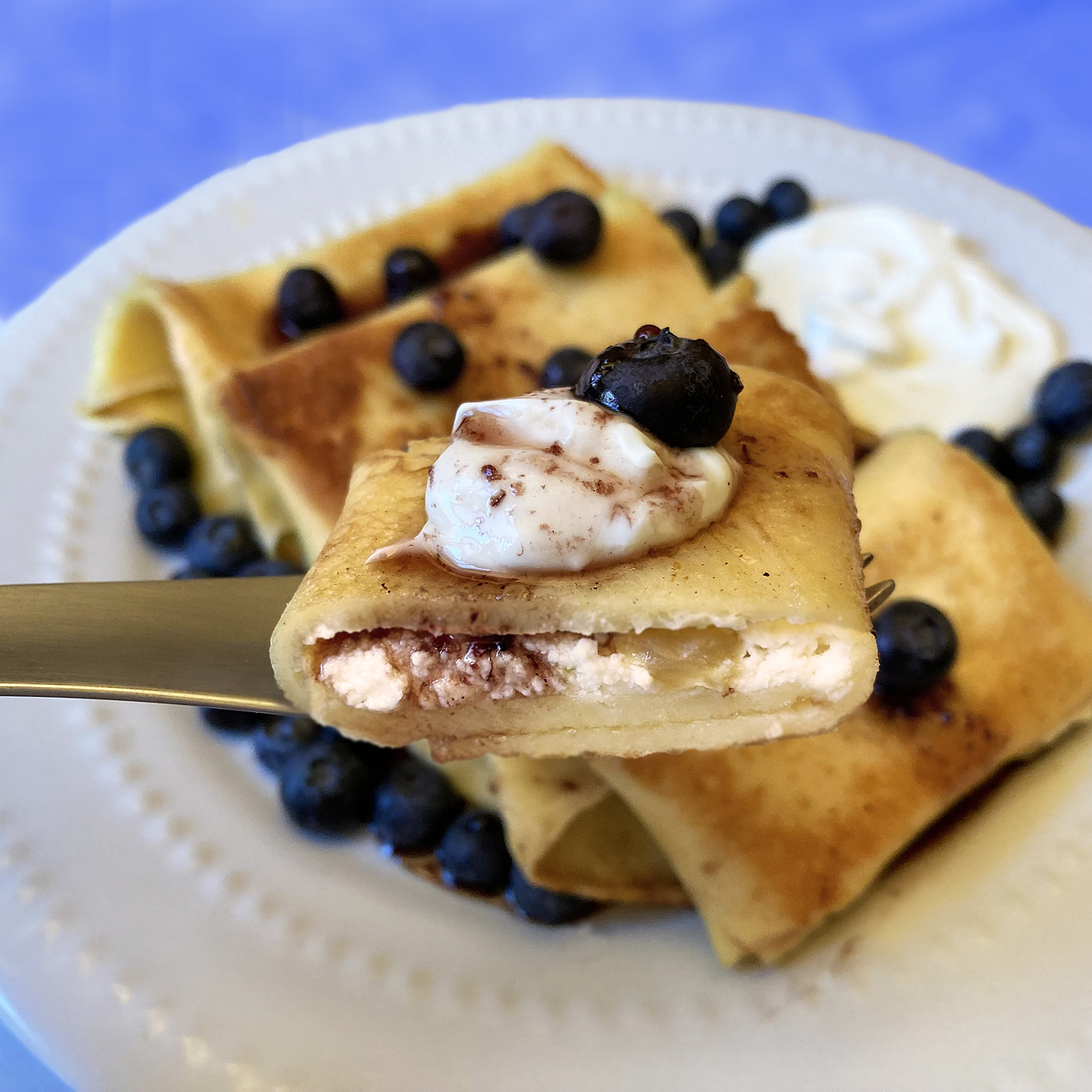Yesterday, I published a post about Nowruz, the Persian New Year, and fesenjan. But the vernal equinox is heralded as the first day of the new year by more than 300 million people worldwide, particularly in countries along the Silk Routes including Iraq, India, Pakistan, Turkey, Central Asia, and others. As a matter of fact, in 2010, the United Nations officially proclaimed March 21 to be the International Day of Nowruz. And of course, every culture has its own unique dishes to celebrate the occasion.
In Uzbekistan, it’s known as Navruz, and it may well be their most popular holiday. I consider myself fortunate to live not far from Brooklyn’s Tashkent Market, a sprawling center of appetizing prepared food indigenous to Central Asia and Eastern Europe, because it affords the opportunity to sample some authentic treats considered to be essential delicacies for Navruz.
(Click on any image to view it in high resolution.)
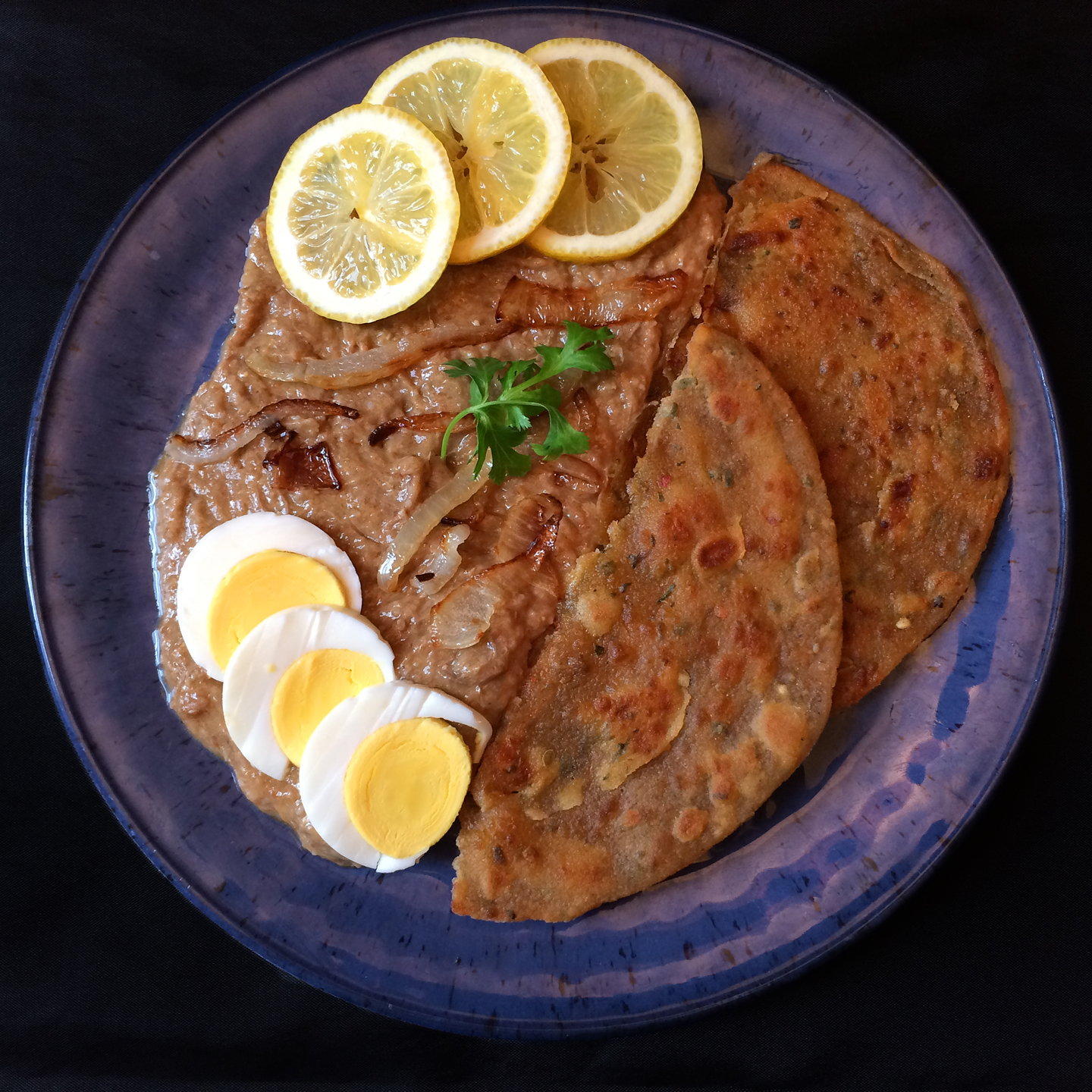
One such dish is a succulent meat paste (for lack of a better word – paté isn’t quite right) known as halim or haleem in Tashkent and halissa elsewhere concocted from pulverized meat, sprouted wheat, and flour; it takes about 12 hours to cook it down to delicious perfection. I’ve plated it here with griddled flatbread, sliced hard boiled eggs, and caramelized onion.
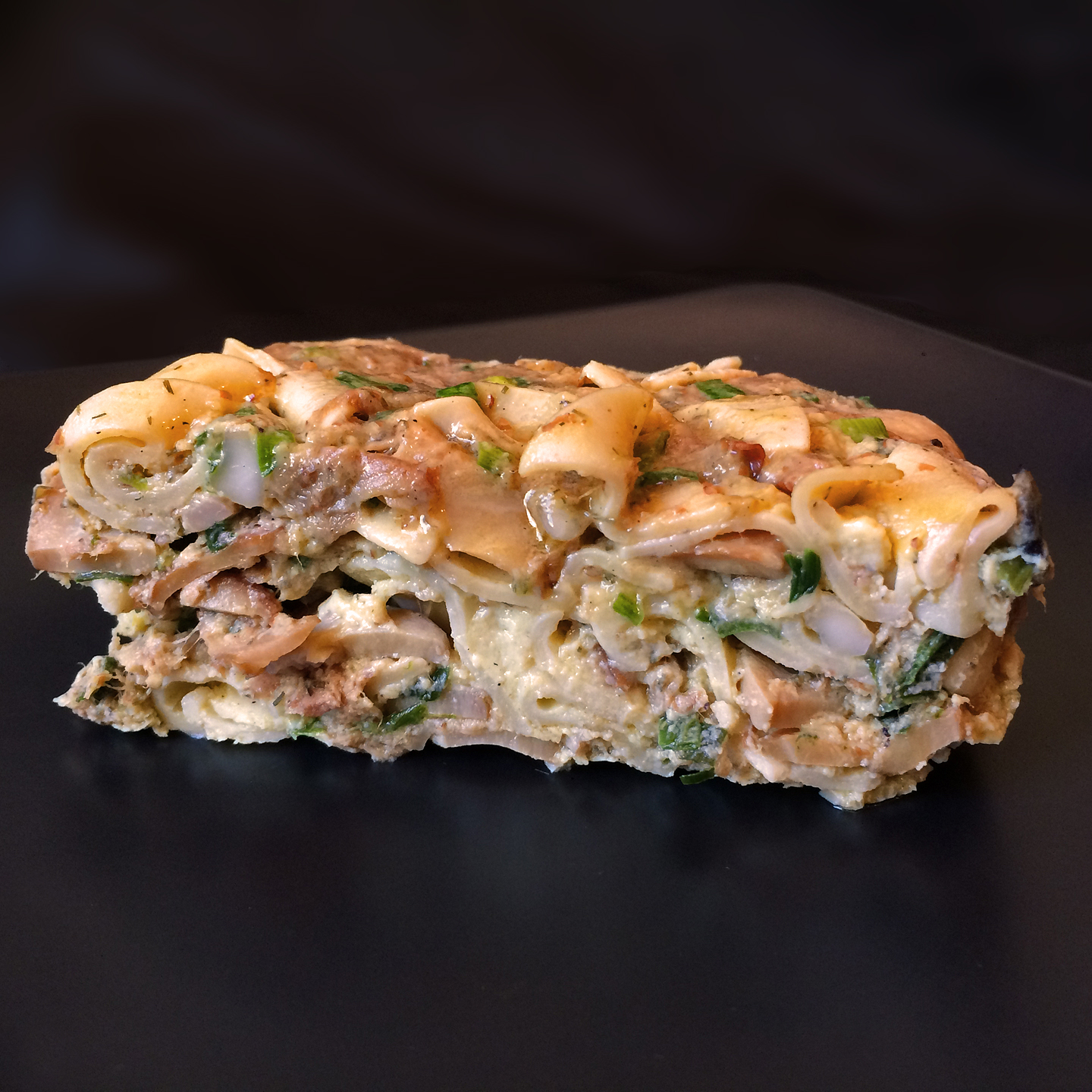
One time I decided to see how I might incorporate it into a dish rather than consuming it straight up, so I cobbled together a noodle kugel (Yiddish for pudding) with sliced fresh mushrooms, sautéed leeks and other good stuff (hey, I was improvising) that I thought would do the halim justice and serve to make it a little less monotonous. Really yummy, if I do say so myself.
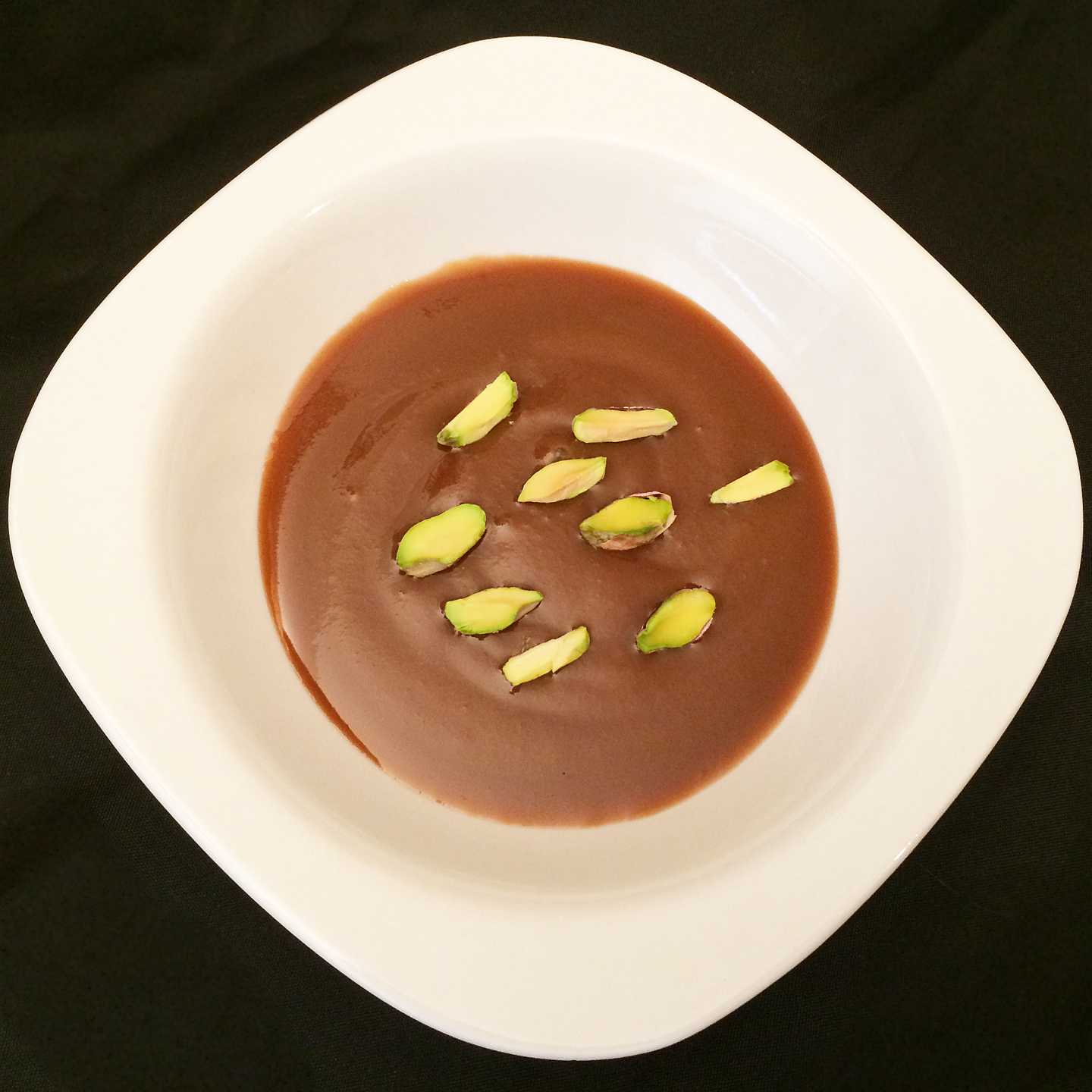
Another quintessential dish served for Navruz in Uzbekistan is sumalak, a traditional sweet pudding whose sole ingredient is sprouted wheat. The age-old process of preparing it is a ritual that fosters brotherhood, cooperation, and unity: Each family brings a handful of sprouted wheat to be cooked together overnight in a kazan, an enormous common cauldron; it must be stirred constantly lest it burn with a shovel-like implement traditionally wielded by women. (I hear that men make the halim.) As the sumalak thickens, it becomes more difficult to stir so the women work in shifts mixing the dense pudding. When it’s ready, it’s shared by neighbors, relatives, and friends; there’s even a role for the children in the heartwarming legend.
How this dish turns into something sweet is a miracle in itself as far as I’m concerned.
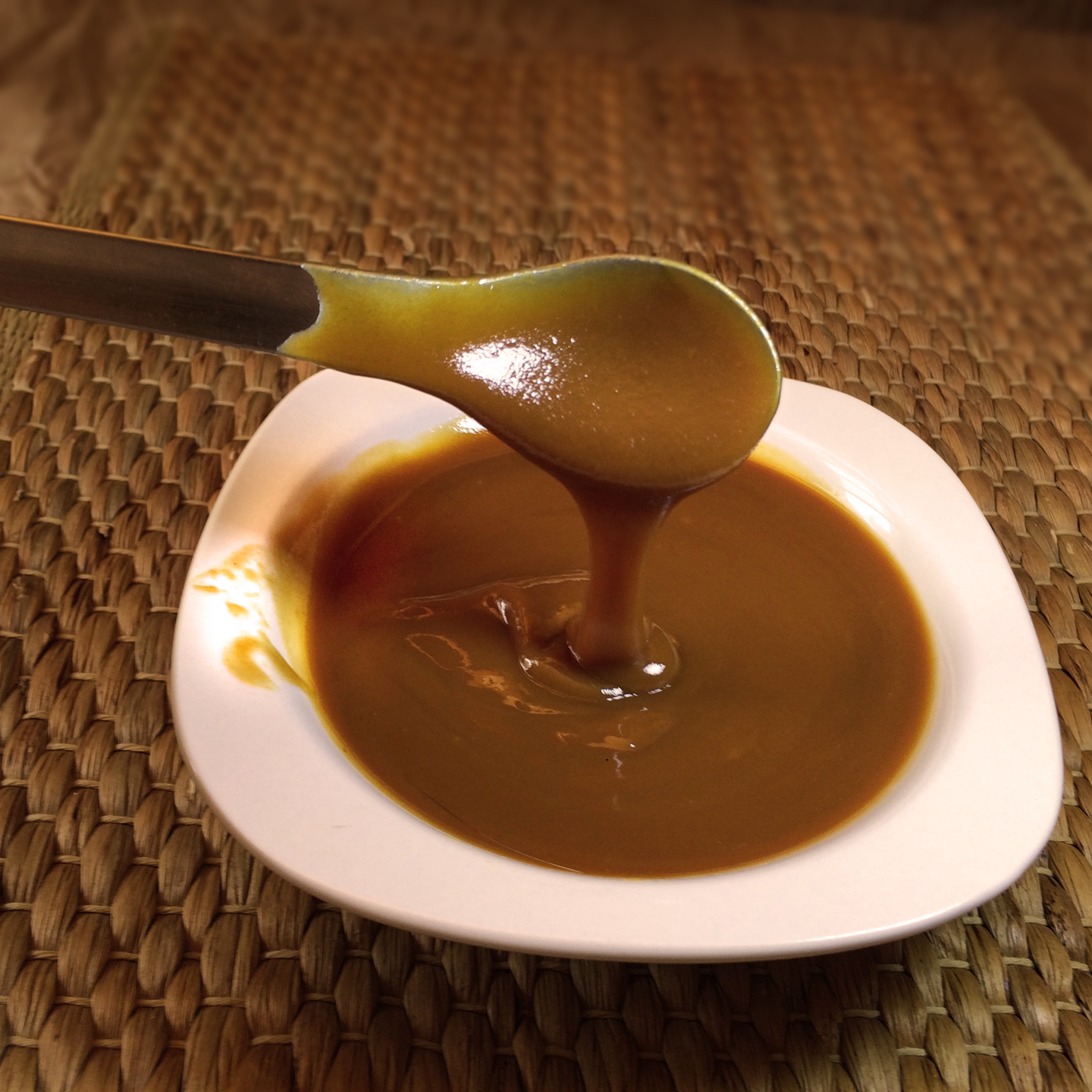
To give you an idea of the viscosity.
And yes, both of these goodies along with many more are available at Tashkent Market, one of the highlights on my Little Odessa ethnojunket. It’s coming soon, so watch this space!

